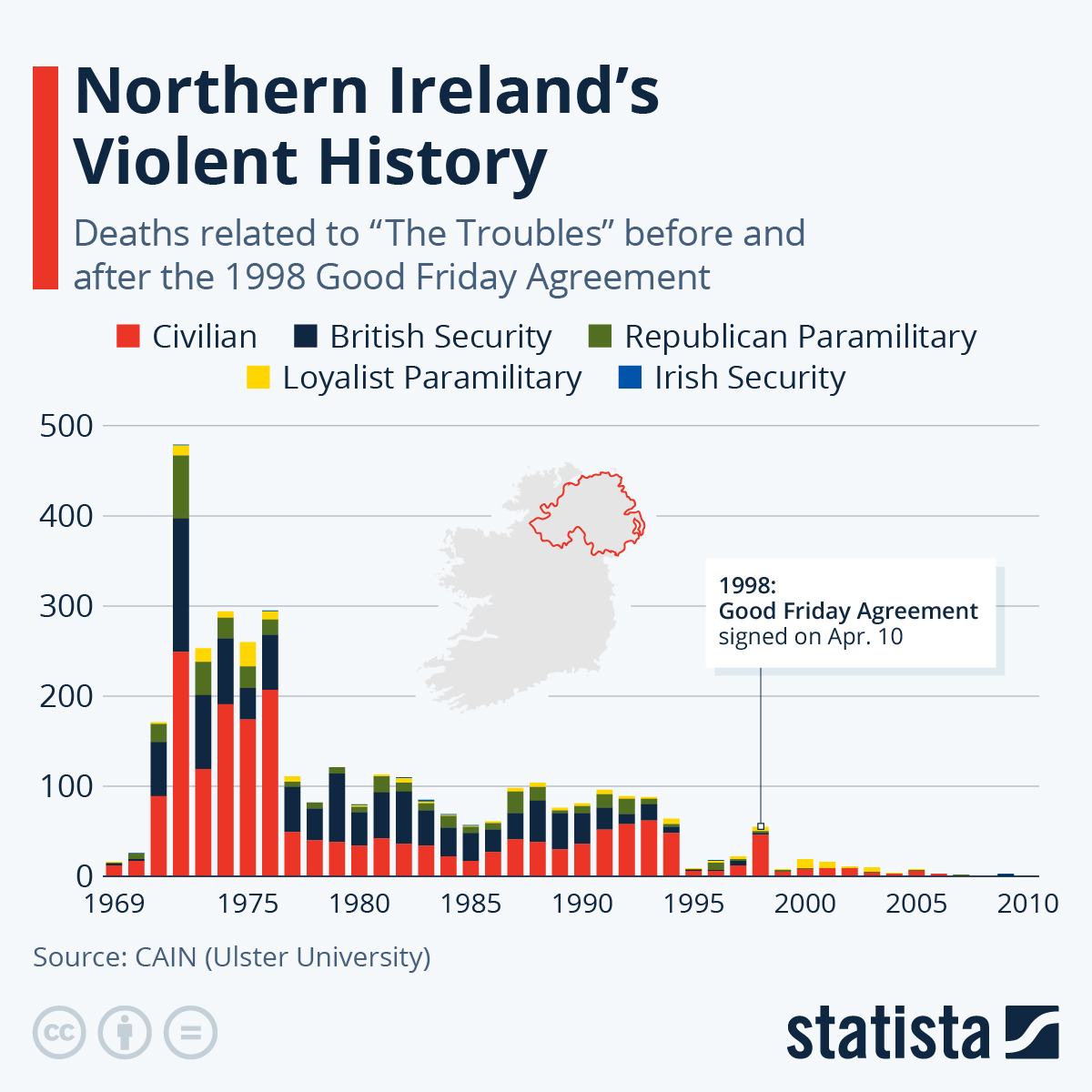Meet the Forensic Anthropologist Searching for Victims' Remains
BY
OLIVIA B. WAXMAN MAY 27, 2021 10:02
A century after the 1921
Tulsa Race Massacre (или см
сюда), during which a white mob torched Black homes and businesses in the Oklahoma city’s Greenwood area, which was also known as Black Wall Street, some basic questions about the event remain unanswered. Some estimates that say up to people 300 died, but information on the victims’ identities and exact numbers is missing.
Then, last fall, a clue was discovered: after years of researchers searching for evidence,
11 coffins were found in the city’s Oaklawn Cemetery, and scholars believe they may contain victims’ remains. On Tuesday, the anniversary of the tragedy, in hopes of finding some resolution,
a full excavation of the site will begin and is expected to last well into the summer.
“This first excavation is probably not the last, because this site isn’t the only site of interest,” says Phoebe Stubblefield, a University of Florida forensic anthropologist and a leader of the dig. “If my colleagues and I confirm this summer that these remains are our race-massacre dead, it doesn’t shut the door on what happened in that history.”
Stubblefield, 52, was recruited for this investigation about two decades ago, in part because her parents were Tulsa natives and she grew up visiting family there in the summer. But she didn’t realize she had a personal connection to the massacre until she took the job.
She spoke to TIME about about her family’s ties to this history, what the excavation entails, and how the search for the remains of Tulsa Race Massacre victims fits into a long and
troubling history of the careless treatment of Black bodies.
TIME:
In general, What does a forensic anthropologist do?STUBBLEFIELD: I help people who investigate deaths. I help them get an idea what the cause of death is, or I help them identify who the person is, if all that’s left are bones.
Are there certain tools of the trade that forensic anthropologists use that are key to doing your work?We use a lot of measuring devices. We do a lot of photography. We use infrared light to examine wounds, for example, or bruises or tattoos. And we spend a lot of time trying to figure out how better to improve our analyses. My research is focused on trying to find a better way to estimate time since death; trying to better establish a connection to the community for anatomical gifts, skeletons preferably, because our parent field, physical anthropology, has its history; and in grave piracy. We often lack skeletal remains for any purpose—teaching, research. We lack remains that have clear sources, you know, someone donated them or they were purchased, back when you could easily purchase a skeleton.
We’re seeing those issues play out with the controversy over the recently discovered remains of a MOVE bombing victim, right?
I probably have not one colleague, at least not in my generation or older, who can say they trained without being exposed to unprovenanced skeletal remains. The MOVE remains had provenance, they were just being used without any notion of what would the descendants or their families want. And I get how that happens because that’s part of our history with the use of human remains in the United States. [There’s a long history of using] the remains of Black people for anatomy instruction
without any kind of consent. Probably by 2000, we’ve shifted away from just using remains willy-nilly and have embraced as a discipline more—not fully—the idea of making sure someone associated with those remains gave consent.
How did you get interested in becoming a forensic anthropologist?
Our house [in Los Angeles] had that collection of encyclopedias that people used to always have. And part of that collection [was] a Time-Life series on natural history; one of the books was on the Neanderthal. So some of the vocabulary of human paleoanthropology I was familiar with before I got to college because of that series. Sometime late my freshman year I sat down with myself and looked at my academic record and considered which courses I was enjoying quite a bit, and anthropology was it.
Your family has a connection to Tulsa and the massacre that happened there 100 years ago. To what extent did that family history factor into your decision to go into this field or pursue certain projects in this field perhaps once you were in it?
The Tulsa race massacre wasn’t talked about, so I didn’t know about it until my colleague Lesley Rankin-Hill said around 1997, “There’s this project to investigate this race riot,” and I said, “What race riot?” The project needed another forensic anthropologist, and I’d visited Tulsa all my life every summer growing up, and she knew my parents were from there, so she thought I’d be interested. The first thing I did was I call home and said, “You know, there was this race riot,” and my mother said, “Yes, your Aunt Anna lost her house.”
How does it feel to gear up for this next stage of the dig in on June 1? What’s going through your head?
I’m hoping and praying we find the right people. I’m just hoping and praying because this, you know—I’m contributing to my parents’ city. I still have cousins there, but they’re not directly involved. Sometimes I’m reminding them that the investigation’s going on.
I just pray that we find the right people because we’ve been looking for them for a long time and we finally got to this point where we could actually test the locations that witnesses said are important. I just hope we get to all of them.
What’s the state of the investigation at the moment?
In October of last year, we found an actual mass grave—a collection of coffins packed in close together, perhaps stacked on top of each other. We have not excavated all of it. We excavated one part and found multiple plain caskets packed in together, and then a few masculine bones that were robust, [which] makes me think we might find a collection of men. We were looking for 18 adult males packed into one area, or nearly one area, to represent that event, where the people we call the Original 18 were buried in Oaklawn. All that information disappeared more than 20 years ago because records for Oaklawn Cemetery conveniently disappeared.
We literally just scratched the surface, so we’re going to go back and test all of them, and see if we can tell who’s in there, you know, if time and preservation allows.
What does testing involve?
We’re bringing in a building so we can have a temperature-controlled area to see what skeletal remains are there and look for signs of gunshot wounds, because most of the individuals [killed in the massacre] died from gunshot wounds. We’ll look for signs of burning that’ll mainly be based on the positioning of the bones in the casket. If they’re still positioned in the pugilistic pose [a defensive posture], then we’ll have an idea that that’s them. Other signs of burning won’t preserve well, and so mainly it’s the gunshot wounds. We’re looking for the circumstances to occur together— mostly males, with gunshot wounds, in one spot at Oaklawn.
Where does this latest stage fit into the history of investigating the history of the Tulsa race massacre?
So 20 years ago,
Scott Ellsworth, who did his dissertation research on the Tulsa Race Riot, got together with the state archaeologists and they started interviewing survivors that were still living, and they collected narratives and sorted them for possibilities of being useful or accurate, and came up with three locations that had a high likelihood of having either burials or mass graves. From newspaper documentation, we knew on June 2 that they were burying people they were calling insurrectionists in Oaklawn Cemetery, in the Black potters’ field. We’ve surveyed another site, Newblock Park, multiple times and have not gotten good signals. Rolling Oaks is another area particularly of interest, because we haven’t surveyed it yet; [in there] would be individuals who have not been identified, and who knows the state of remains, because these would be people probably hidden in burned debris.
 How are you hoping the excavation beginning on June 1 helps answer unanswered questions about the massacre?
How are you hoping the excavation beginning on June 1 helps answer unanswered questions about the massacre?
Technically the whole issue of “this event happened” is one of the questions that we’re testing. I have no doubt. There are images, right? But the people of Greenwood have lived for a long time with multiple narratives about this race massacre having occurred, part of that narrative being, “How many black individuals were killed? How many were lost?” And we don’t know, because the National Guard did not allow any funerals to occur. I don’t know why they did that, but it made it difficult to come up with a count of casualties as a result.
Having this investigation will give us some resolution on how many people ended up in that Oaklawn Black potters’ field area. We hope to have DNA analysis to assist us with identification. I want to validate the claims of Greenwood residents who long said we need to find these people. I am looking forward to contributing their story back to the living. This is their time to have their appropriate recognition.
What is it like to be a Black woman doing this research?
It’s humbling and I’m grateful because I didn’t go into forensic anthropology to work on the Tulsa race massacre. I went into forensic anthropology because I wanted to tell people stories from their skeletons. I’m telling people’s stories, speaking for the dead and sometimes their families. And so I’m grateful to live long enough to make it now because 20 years ago, we didn’t get to test a single one of our sites; everything just fizzled out. I did not expect we would get a chance.
могут поворить?

























